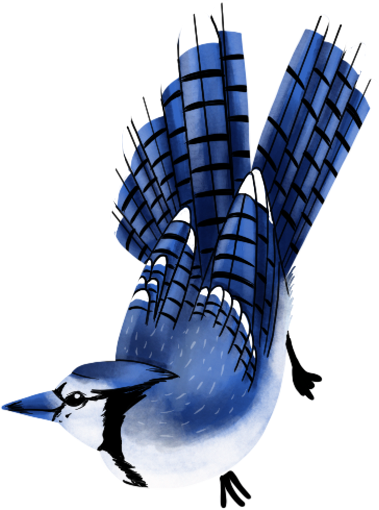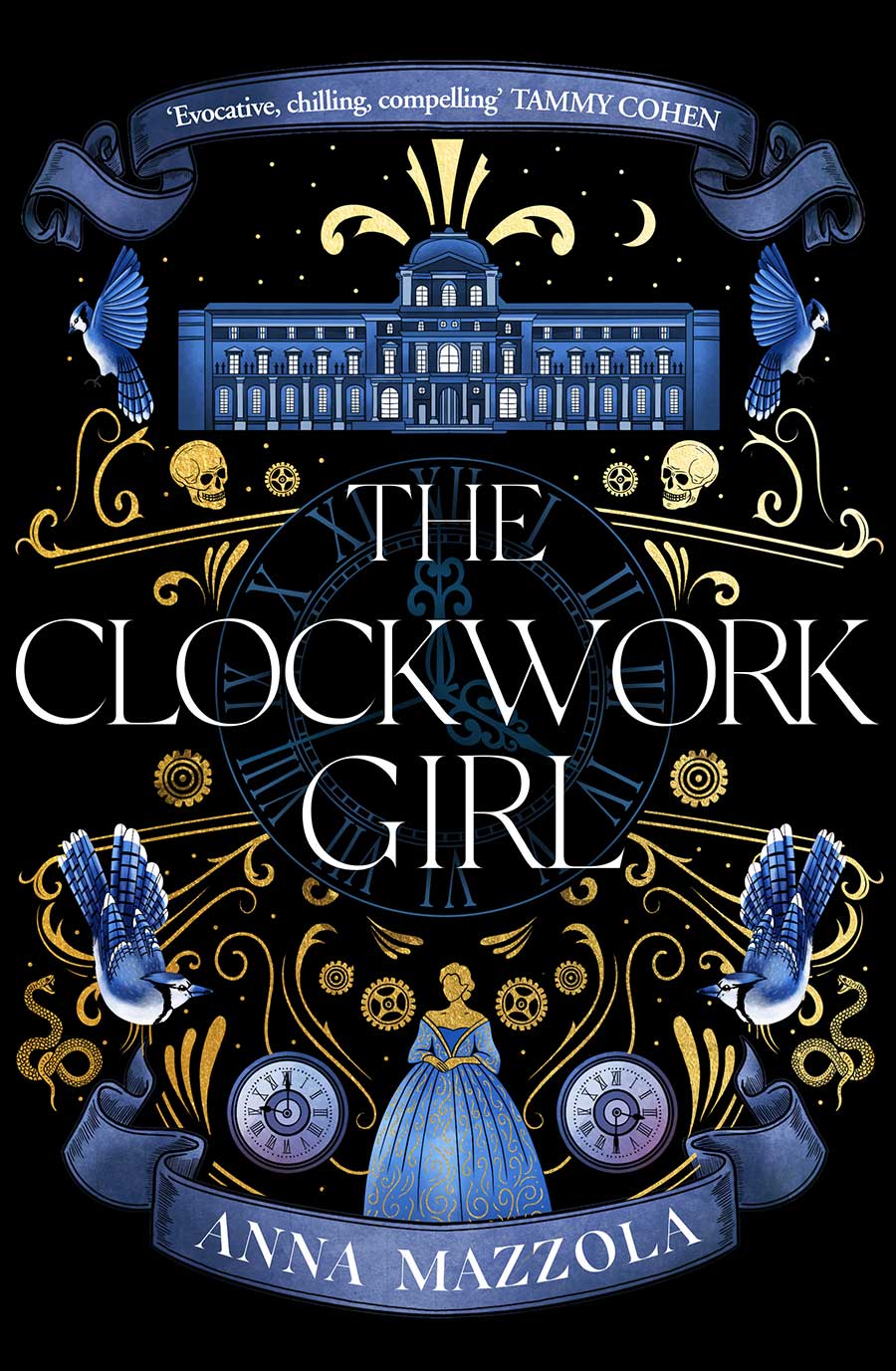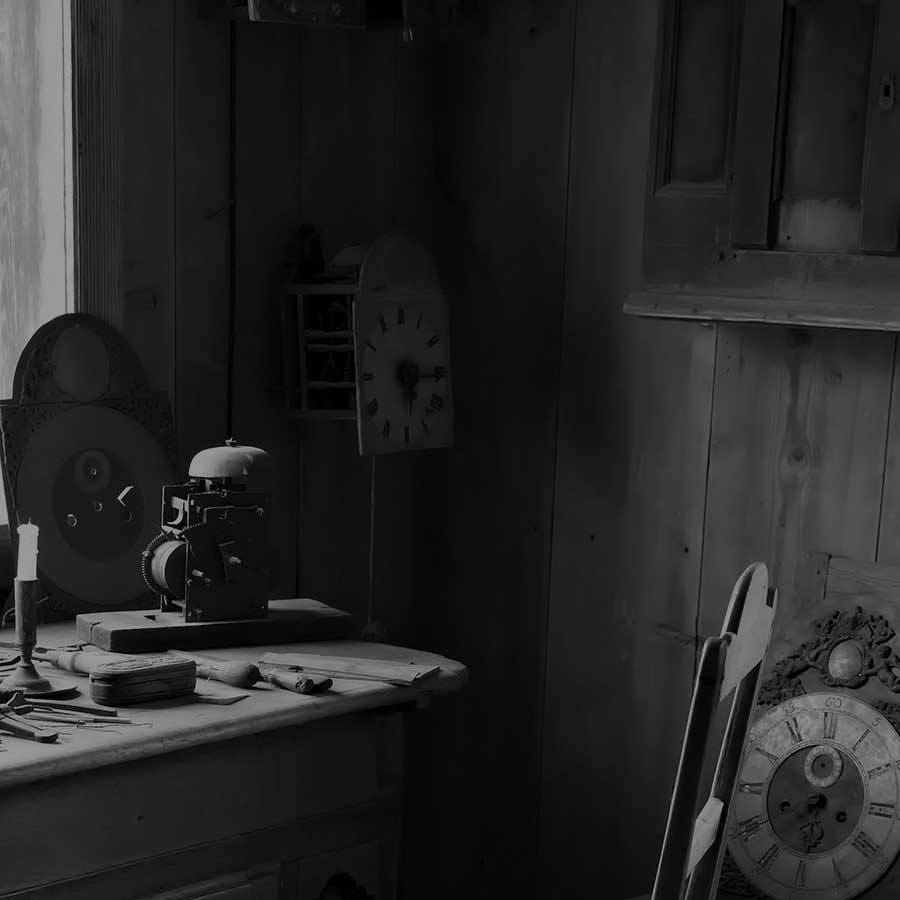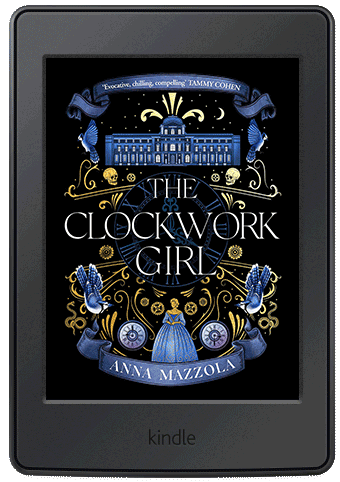The Clockwork Girl
Out Now
‘An atmospheric and constantly surprising thriller’ – THE SUNDAY TIMES
The bestselling novel shortlisted for the Gold and Historical CWA Daggers and the Fingerprint Awards, and nominated for the Dublin Literary Prize.
Paris 1750. In the midst of winter, as birds fall frozen from the sky, Madeleine, a new maid, arrives at the home of a celebrated clockmaker and his clever, unworldly daughter. But rumours are stirring that the clockmaker’s uncanny mechanical creations – bejewelled birds, silver spiders – are more than mere automata. That they might defy the laws of nature, perhaps even at the expense of the living.
Madeleine is hiding a dark past, and a dangerous purpose: to discover the truth of the clockmaker’s experiments and record his every move, in exchange for her own chance of freedom.
Meanwhile, in the streets, children are quietly disappearing. Madeleine comes to fear that she has stumbled upon a greater conspiracy. One which might reach to the heart of Versailles itself.
An intoxicating and darkly immersive story of obsession, illusion and the price of freedom.



Reviews
‘A Gothic masterpiece’
THE EXPRESS
‘Historical fiction with a fantastical twist, done with verve and skill’
IAN RANKIN
‘An atmospheric and constantly surprising thriller’
THE SUNDAY TIMES
‘Captivating’
THE i PAPER
‘Intoxicating…brilliantly original’
HEAT
‘Kept me guessing until the end. An absolute masterpiece’
JENNIFER SAINT
‘A deliciously dark historical novel of thrilling originality’
ESSIE FOX
‘Spellbinding, gripping, immersive and deliciously gothic’
ERIN KELLY
‘Evocative, chilling, compelling’
TAMMY COHEN
‘Breathtakingly good’
ABIR MUKHERJEE
Behind the scenes…

The Inspiration
When children began to go missing from the streets in 1749, various theories sprung up as to who or what might be taking them. A lawyer named Barbier wrote in his diary: ‘For a week now people have been saying that police constables in disguise are roaming around various quarters of Paris, abducting children, boys and girls from five or six years old to ten or more, and loading them into the carriages which they have ready waiting nearby.’ Some said the children were being sent off to the colonies or to the wars. Some believed the police were using them to extract ransom money. Others thought something far darker was at work.



The Setting & the Characters
We move between the all-too human reek of a brothel, the polished strangeness of Dr Reinhart’s workshop, the shabby grandeur of the old Louvre palace, and the scandalous opulence of Louis XV’s Versailles.
Three extraordinary women are fighting to escape their fates: Madeleine, a scarred prostitute turned police spy; Veronique, the clever, closeted daughter of the master clockmaker; and Madame de Pompadour, the beautiful, talented and much resented mistress of the unpredictable King of France.
The Automata
Automata also inspired fear and revulsion, however, for they raised questions about what it meant to be human. This was the era in which La Mettrie argued that man himself was a ‘self-winding machine, a living rep of perpetual motion.’ Some believed the machines were the work of the devil. When Pierre Jacquet-Droz exhibited his writing automaton in Spain, he was accused of heresy; both the man and machine were imprisoned for a time by the Spanish inquisition.

Join my Readers' Club
Join my Readers' Club to receive a FREE short story, plus news of giveaways, book recommendations, writing tips and more.

